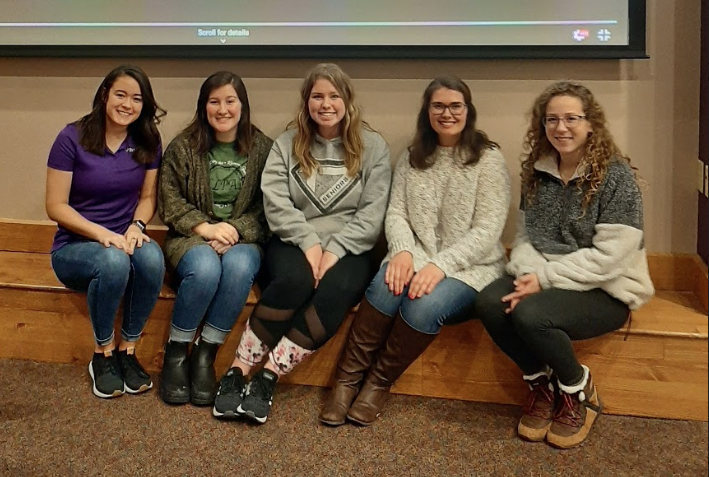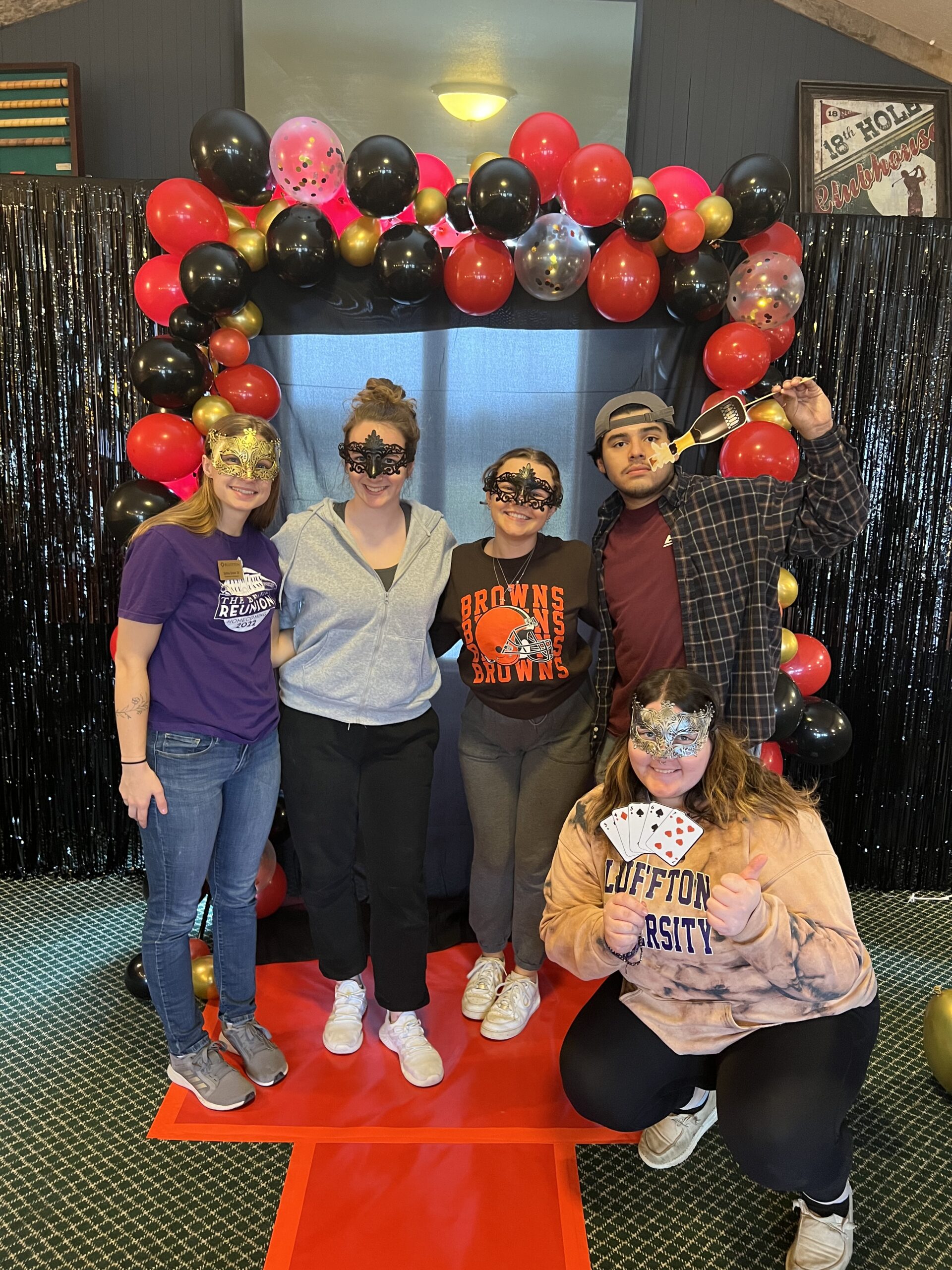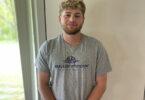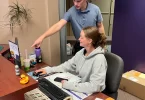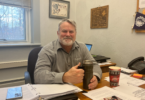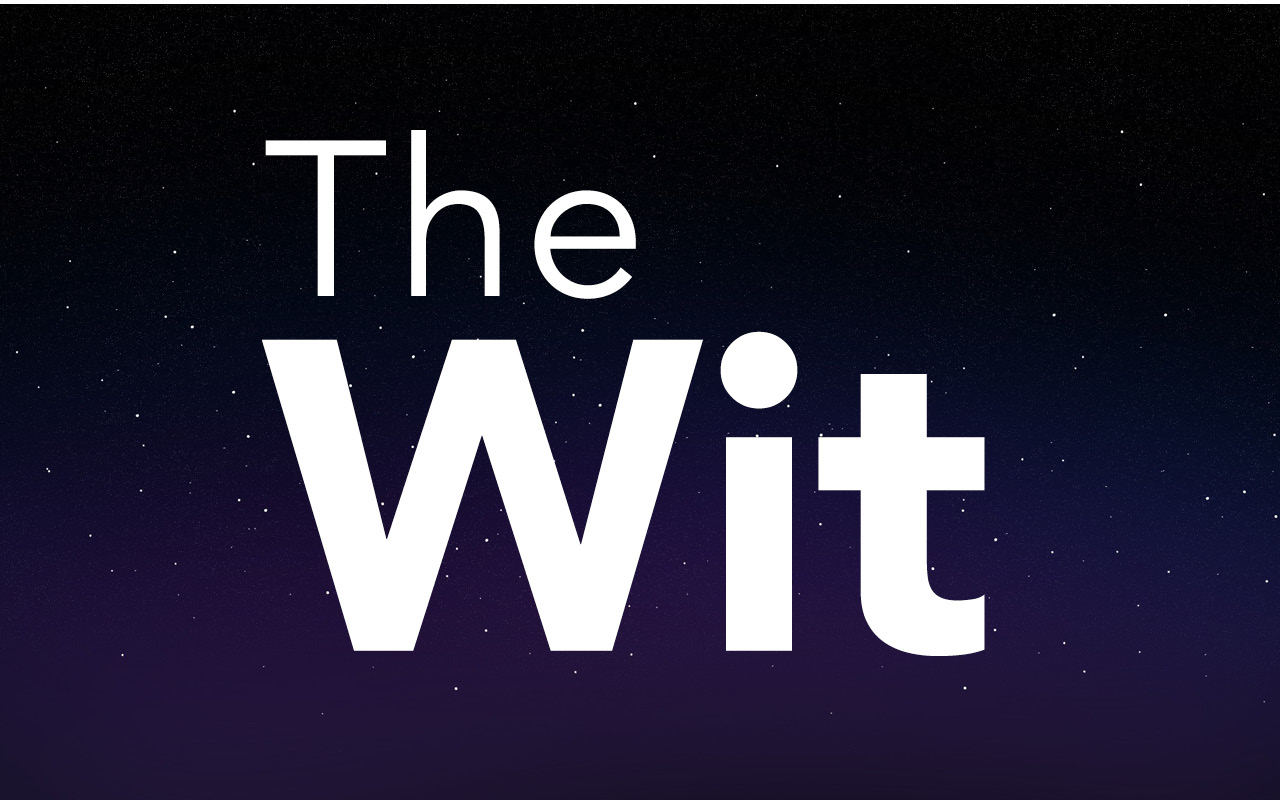Students who are part of the National Student Speech and Language Hearing Association hosted Hearing Awareness Night as the Thursday Night Spotlight Thursday, Feb. 6, in Bob’s Place. Among those students was sophomore speech-language pathology and audiology major Emily Clawson who shared her journey with hearing loss.
Clawson has mild unilateral loss in her left ear and wears a hearing aid. She told her story to the those present about how she found out she had a type of hearing loss and the process she had to go through along with the challenges she has faced. She said it is important for people to be aware of hearing and that it, along with all of our senses, can be taken for granted until they are lost. She said when it comes to hearing loss, safety is the biggest and most important factor.
The Hearing Awareness Night began with a short video that was a hearing loss simulator. It showed what looked like a music video but at certain parts of the video, the volume would seem to be changed to simulate what it sounds like to have normal hearing, mild hearing loss, moderate hearing loss, severe hearing loss and profound hearing loss. Following the video, participants could visit four stations.
The National Student Speech and Language Hearing Association is a national organization for speech-language pathology and audiology students. This group of students holds bi-weekly events on campus to bring awareness to different disabilities and impairments. The goal is to help students and staff on campus learn and understand in greater detail what types of people a speech-language pathologist or audiologist treats.
One station helped participants learn how hearing loss impacts people, and another explained the different types and levels of hearing loss. The third station featured a personal testimony from Clawson, who talked about her hearing loss journey. The last station provided an opportunity to get a hearing screening.
Bailie Barrington, a junior speech-language pathology and audiology major ran the statistics station where she explained the technology offered with hearing aids.
“I discussed how currently, 48 million people in the United States have hearing loss and how that number is going to rapidly increase by 2050,” said Barrington. “This is mostly due to loud music being played through earbuds.”
Madison Ament, a senior speech-language pathology and audiology major, informed students about the different types of hearing loss and at what levels hearing loss is typically presented in people with a hearing impairment.
“Even with a mild case, a car coming from the right might sound like it’s coming from the left,” said Clawson. “Wind whistling through the trees could sound like a bike coming from behind or silent footsteps may not be heard.”
Although there is a lot to understand when it comes to hearing loss and challenges to face, Clawson said her experience with it has influenced her in deciding to do this profession.
“I want my future patients to feel confident with themselves while helping them succeed in life,” said Clawson. “I hope they understand that they can do anything that they set their mind to.”
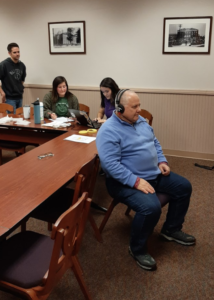
Abigail Newkirk and Cassie Reinhart run the hearing screenings on Campus Pastor Stephen “Tig” Intagliata. Photo by Sarah Heydinger
The last station was getting a hearing screening performed. Abigail Newkirk, junior speech-language pathology major and special education/coaching minor, and Cassie Reinhart, senior speech-language pathology major, took part in running the hearing screenings on students and staff who were interested in being tested. Newkirk and Reinhart used an audiometer and plotted points on an audiogram to give to the students and staff who were tested.
Reinhart said that hearing screenings can be used at any age. She said most infants in the United States have a hearing screening before they leave the hospital to start detecting hearing loss in children even earlier.
“Hearing screenings are important because they are a quick, easy way to get an assessment of your hearing,” said Reinhart. “From a screen, you can usually figure out if there might be a problem with your hearing.”

